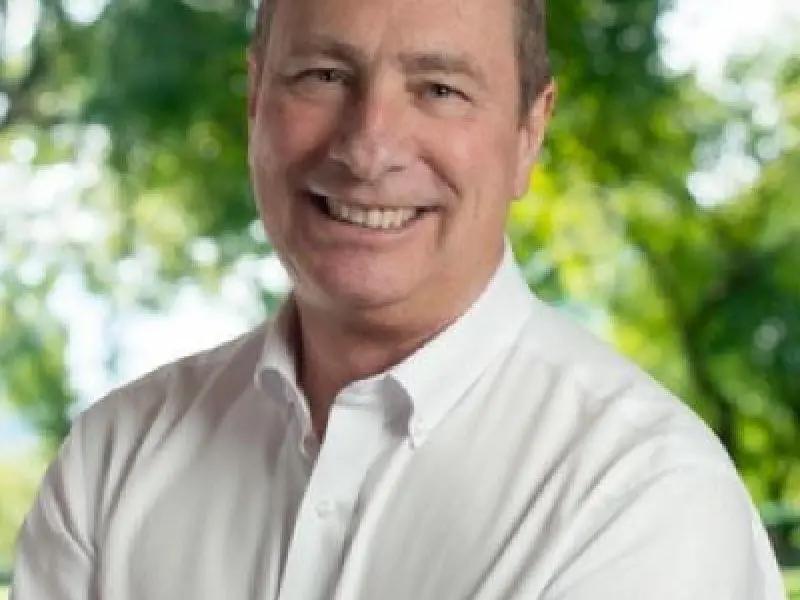 Toronto-based renewable fuels project developer Woodland Biofuels Inc. has unveiled plans for a US$1.35-billion investment into a carbon-negative renewable natural gas (RNG) and green hydrogen facility in Southeast Louisiana.
Toronto-based renewable fuels project developer Woodland Biofuels Inc. has unveiled plans for a US$1.35-billion investment into a carbon-negative renewable natural gas (RNG) and green hydrogen facility in Southeast Louisiana.
It would be the world's largest such facility, the company says.
Planned to be located in the Globalplex facility at the Port of South Louisiana, the project will be split into two phases.
Phase 1 will build the infrastructure to turn waste biomass into RNG usable in transportation, heating and electricity. Operations are expected to begin in 2028.For Phase 2, a carbon-negative green hydrogen facility will be built,
Backing both phases is carbon capture and sequestration technology Woodland expects will put away hundreds of thousands of tonnes of carbon dioxide (CO2) per year.
“Louisiana is in a unique position to create a whole new industry, leveraging strengths that it already possesses - the expertise of its workforce, its incredible infrastructure, its geology, and its abundant feedstock,” Greg Nuttall, CEO of Woodland, said in remarks Tuesday during the announcement.
In an interview with Sustainable Biz Canada, he said Woodland is unique because it can produce RNG “at large scale, but do it with negative carbon intensity. Usually in the world of RNG you get one or the other, you get large scale or you get negative carbon intensity . . . We’re both. We can deliver big scale and also highly negative carbon intensity.”
Producing carbon-negative RNG and hydrogen
Woodland’s technology uses waste from forestry, agriculture and municipalities to produce biofuel, Nuttall said in an interview with Sustainable Biz Canada. The process is being tested at its demonstration plant in Sarnia, Ont. where it has successfully produced the biofuel, according to the company’s website.
Phase 1 is planned to produce approximately three million gigajoules of RNG per year. Phase 2 is expected to generate 40,000 tonnes of hydrogen per year.
The technology works by turning waste into a syngas made up of hydrogen, carbon monoxide and CO2. The CO2 is removed from the syngas and stored underground. The syngas is then subject to catalytic reactions, generating RNG.
In Phase 2, Woodland anticipates producing not just hydrogen, but carbon-negative methanol and ethanol, using the same technology. Methanol has emerged as a fuel of choice for decarbonizing the shipping industry, Nuttall said.
Carbon capture technology designed by the company is expected to remove and store 210,000 tonnes of CO2 per year in Phase 1, and 660,000 tonnes of CO2 per year in Phase 2.
Woodland claims its process reduces greenhouse gas emissions by up to 283 per cent compared to traditional fuel production. As the technology captures CO2 that would otherwise be emitted from biowaste, Nuttall said it is carbon negative.
Nuttall pointed to the “unique blend of exceptional infrastructure” for the chemicals industry, a deep labour pool, easy access to waste feedstock from the forestry and sugar cane industries and geology amenable to carbon capture as reasons why Woodland chose Louisiana for the facility.
The U.S. government’s funding from the Inflation Reduction Act is “too big of an incentive to pass up,” according to Nuttall. Approximately US$180 million will be provided by the clean energy bill, he added. Financial support from Louisiana Economic Development also sweetened the deal. It has offered Woodland an incentives package valued at more than US$250 million over 10 years.
The identities of potential corporate investors would not be disclosed by Nuttall, but he anticipates the Canadian and U.S. governments and private investors to take an interest in funding the project.
The RNG expected from the facility has received “overwhelming” interest from buyers who are largely industrial players looking to decarbonize their operations, Nuttall said. Refineries may use the hydrogen for their operations, he also anticipates.
Louisiana as a carbon capture hub
The southern state is a major oil and gas producer in the U.S., accounting for approximately 10 per cent of the country’s total marketed natural gas production, according to federal data.
Louisiana has attracted carbon capture projects totalling billions in investment, including two from Heirloom and the Louisiana Clean Energy Complex by Air Products.
But the technology has been criticized for maintaining fossil fuel consumption rather than encouraging a transition away from hydrocarbons, and local residents have expressed concerns over potential air and water pollution from the CO2 storage, the Associated Press reported. Carbon capture also makes a small dent in the hundreds of millions of tonnes of CO2 emitted in the state.
RNG has also faced similar criticism for continuing fossil fuel use, and having the risk of leaking the powerful greenhouse gas methane into the environment. Woodland is working to ensure leaks are prevented, the company’s CEO said.
Woodland is working with companies that make “the state-of-the-art CO2 capture facilities” that will be constantly monitored to ensure “nothing unexpected’s happening,” Nuttall said.
The company is also developing a commercial-scale hydrogen facility in Sarnia that has been “put on the backburner” due to the Louisiana project. Nuttall said it will produce 40,000 tonnes of hydrogen per year at full capacity.
Editor’s note: Sustainable Biz Canada has updated the story with comments from Woodland CEO Greg Nuttall.










